Introduction
Where Do Robins Migrate To: Every spring, as winter’s icy grip loosens and the world awakens to the warmth of the sun, a familiar and cheerful melody fills the air. It is the sweet, melodious song of the robin, a beloved harbinger of the changing seasons. Robins humans, those iconic birds with their bright orange-red breasts, are a common sight in many parts of the world, particularly North America and Europe. Yet, have you ever wondered where these charming songbirds disappear to during the cold, harsh winter months. The migration patterns of robins have long fascinated both ornithologists and casual birdwatchers alike. These vibrant avian creatures exhibit an intriguing behavior known as “partial migration,” a phenomenon where some individuals migrate while others remain in their home territory year-round.
The complexities of robin migration adds a layer of enchantment to the bird’s already captivating presence in our lives. In a journey to uncover the secrets of robin migration, revealing the remarkable and sometimes enigmatic destinations these birds choose for their winter respite. We will delve into the factors that trigger their migration, the remarkable feats of endurance they demonstrate during their journeys, and the critical role this annual movement plays in their survival.
As we unravel the mystery of where robins migrate to, we will not only gain insight into the lives of these avian travelers but also develop a deeper appreciation for the interconnectedness of nature. It is a journey that takes us from our own backyards to far-flung corners of the globe, highlighting the astonishing lengths to which these birds will go to ensure their survival in an ever-changing world. So, join us as we embark on this avian odyssey, tracking the paths of robins in search of warmer climes, and uncovering the wonders of their migratory journey.
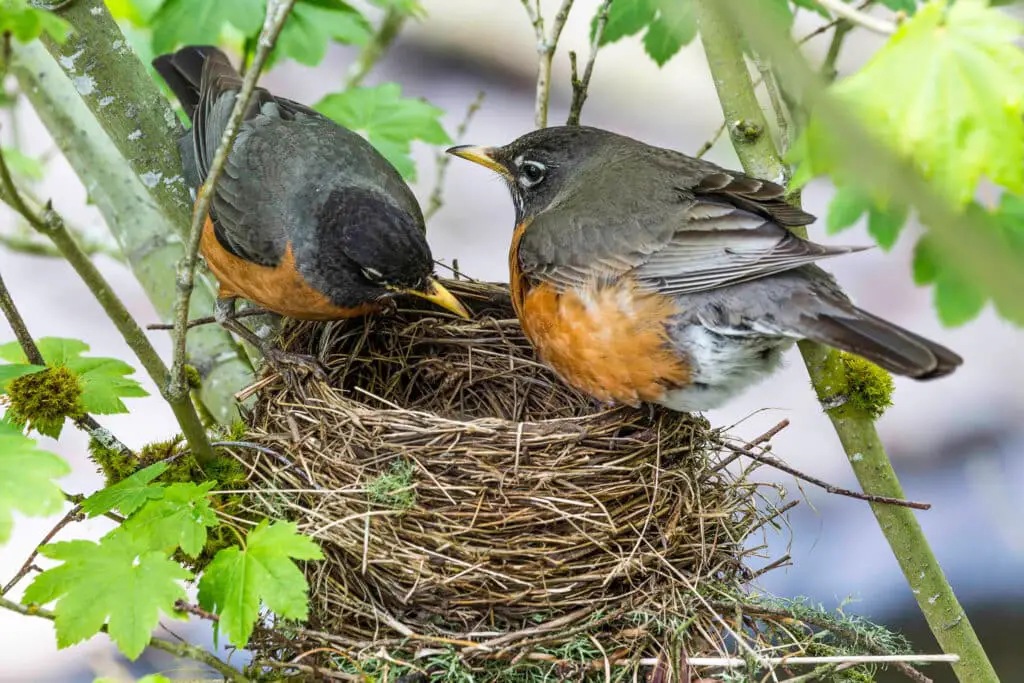
Why do robins migrate north?
American Robin Migration
Robins migrate because the ground freezes, locking them out from their favorite food, earthworms, and because winter weather makes it impossible to find juicy caterpillars and other insect food.
One of the primary reasons why robins migrate north is the abundance of food. Robins are omnivorous birds, and their diet consists of a wide variety of foods, including insects, earthworms, berries, and fruits. During the spring and summer months, when they breed, these northern regions are teeming with insects and other invertebrates. This seasonal bounty robins with an ample food supply to raise their young. In contrast, during the winter months, their preferred food sources become scarce, making it challenging for them to find enough sustenance.
Robins are cavity-nesting birds, meaning they build their nests in protected locations like trees, shrubs, or even on ledges. Northern regions offer a wealth of nesting opportunities with an abundance of suitable nesting sites. As they migrate north, robins arrive in time to secure prime nesting locations and construct their nests before other bird species. This early arrival ensures that they have access to the best breeding habitats, increasing their chances of successfully raising their young.
The urge to migrate north is deeply ingrained in the genetic makeup of robins. Over thousands of years, these birds have evolved to follow a migratory pattern that aligns with their ecological needs. This instinctual behavior is a survival strategy that has been honed through generations. Those robins that successfully migrate north and reproduce contribute to the continuation of their species, passing on the genetic predisposition for migration to their offspring.
Which robins migrate?
Robins do migrate, but much earlier in the autumn. Some cross the North Sea from Scandinavia to Britain, while others (mostly females) leave Britain and cross the Channel to winter in France and Spain.
American robins, found predominantly in North America, are perhaps the most well-known robin species. These birds exhibit a fascinating migration pattern. While many American robins do migrate, not all of them embark on long-distance journeys. The migration of American robins is what experts describe as “partial migration.” This means that while a portion of the population migrates, another portion remains in their breeding range year-round. Those that do migrate often travel south to warmer regions, such as the southern United States or Mexico, during the winter months. The extent of their migration can vary depending on factors like food availability and local weather conditions.
The European robin, commonly found in Europe, including the United Kingdom, is known for its charming red breast and melodious song. Unlike American robins, European robins are primarily non-migratory. They tend to stay in their territories year-round, even in colder regions of Europe. These robins are well adapted to withstand harsh winter conditions and can often be seen foraging for insects and small invertebrates in gardens and woodlands throughout the year.
Its robins belong to the thrush family (Turdidae), and there are numerous species of robins around the world, each with its own unique migratory behaviors. For example, the African robin-chat (Cossypha) species, found in various parts of Africa, includes both migratory and non-migratory members. The varied habits of robin species illustrate the complexity and adaptability of these birds.
Where do UK robins migrate to?
However, some UK robins, mostly females, will cross the Channel to spend their winters in warmer climes, in some cases as far south as southern Spain and Portugal. Continental birds also pass through on the east coast of the UK on passage further south.
The United Kingdom has a relatively mild climate compared to many other parts of the world. While winters can be chilly and damp, they are not extreme enough to force UK robins to migrate in search of warmer conditions. These birds have adapted to endure British winters, relying on their ability to find food sources like insects, spiders, and berries, which remain available even during colder months.
Robins are known for their territorial behavior. They establish and defend territories year-round, especially during the breeding season when they sing and display their red breasts to assert dominance and attract mates. The establishment and maintenance of territories are crucial to their survival and breeding success. As such, they tend to stay in their familiar territories instead of migrating long distances.
Robins in the UK are opportunistic feeders and can adapt to changes in food availability. They switch from a diet primarily consisting of insects and invertebrates during the breeding season to a more varied diet that includes berries and fruits in the winter. This adaptability allows them to find sustenance locally, reducing the need for migration in search of food.
Where does a robin go in the winter?
Migration. Resident or short-distance migrant. Robins can be found year round almost anywhere south of Canada. Birds that breed from Canada to the north slope of Alaska leave in fall for the U.S. Some robins winter as far south as the Southwest, Mexico, and the Gulf Coast.
In some regions, particularly Northern Europe, many robins do not migrate over long distances. Instead, they undergo a behavior known as altitudinal migration, moving from higher elevations to lower elevations. In they may retreat from the colder, higher-altitude breeding areas to warmer, lower-altitude habitats during the winter. This is a partial migration, where only some individuals migrate, while others remain in their territories.
Robins that remain in their breeding territories throughout the winter are often highly territorial. They establish and defend specific areas that them with sufficient food and shelter. These territories may include gardens, parks, and woodlands where they can find insects, spiders, and berries to sustain them during the colder months. Maintaining a territory is essential for survival, as it a stable source of food.
One of the reasons robins can survive the winter in their territories is their ability to adapt their diet. During the breeding season, they primarily feed on insects and invertebrates. However, in the winter, when such food sources become scarcer, they shift their diet to include more berries, fruits, and even small seeds. This flexibility in food choices allows them to scavenge for nourishment throughout the year.
Why do robins only live 2 years?
A robin’s lifespan is just 13 months on average due to high mortality among robins in their first year. Once they’ve passed that barrier, they stand a much better chance of surviving for quite a while – the record currently stands at 19 years.
High Mortality in the First Year: The first year of a robin’s life is particularly perilous. Young robins face numerous threats, including predation by birds of prey, cats, and other predators, as well as harsh weather conditions and food shortages. Many young robins do not survive their first year, which significantly impacts the overall average lifespan of the species.
Predation: Robins are not at the top of the food chain and are vulnerable to predation throughout their lives. Nestlings and fledglings are particularly susceptible to predation by a variety of animals, including snakes, raccoons, and even other birds. Adult robins also face predation, although they have more experience in avoiding threats.
Environmental Factors: Robins often endure challenging environmental conditions, especially during migration and in winter when food sources can be scarce. Harsh weather, disease, and competition with other bird species can further reduce their chances of survival.
Reproductive Effort: Robins invest a significant amount of energy into reproducing. They often raise multiple broods of chicks during the breeding season, which can be physically demanding. The intense focus on reproduction can lead to wear and tear on their bodies, potentially shortening their lifespans.
What do robins symbolize?
For centuries, this tiny bird has been the symbol of good luck, happiness, rebirth – and sometimes even as a messenger for lost, loved ones. There are tales stretching back to Norse mythology where the robin is the protector from storms and lightning. And in Celtic folklore the robin is known as the Oak King of Summer.
Hope and Renewal: In many cultures, robins are seen as symbols of hope and renewal. Their arrival in gardens and woodlands during the spring is often seen as a sign that winter is ending, and a new season of growth and abundance is beginning. Their cheerful songs and bright red breasts are thought to bring joy and optimism.
Spiritual Messengers: Robins have been considered spiritual messengers in various belief systems. In some Native American cultures, they are believed to carry messages between the living and the spirit world. Similarly, in some European folklore, it is said that the robin’s red breast is a symbol of Christ’s blood, making it a sacred and spiritual bird.
Good Luck: Robins are sometimes associated with good luck and positive omens. Seeing a robin is believed to bring good fortune and blessings, and their presence is often seen as a positive sign.
Joy and Happiness: The cheerful and melodious song of robins is often linked to joy and happiness. Their songs are seen as a reminder to enjoy the simple pleasures of life and to appreciate the beauty of the natural world.
How far can a robin fly?
While many robins won’t move more than 5km whatever the season, some flee the UK for warmer climates before winter arrives. Most of these birds are female, crossing the Channel to as far afield as Spain or Portugal, and returning to the UK with the warmer weather. The same can be true in reverse.
Migratory Flights: Robins found in Northern Europe, including the United Kingdom, often undertake migratory flights to escape the harsh winter conditions. These migratory robins can fly significant distances. Some European robins migrate from their breeding grounds in Northern Europe to warmer regions in Southern Europe and North Africa, covering distances of several hundred to over a thousand miles. These journeys are impressive feats of endurance and navigation.
Altitudinal Migration: In some regions, robins practice altitudinal migration, which involves moving to lower altitudes within their existing range during the winter months. Instead of traveling vast distances, these robins simply descend from higher elevations to lower ones, seeking milder winter conditions and more abundant food sources.
Dispersal: Young robins often engage in dispersal flights, where they leave their natal territories to find new areas to establish as their own breeding territories. The distance covered during these dispersal flights can vary widely, but they typically stay within the same general region.
What do robin’s eat?
Robins feed on insects (especially beetles) and worms. You might notice one following you about as your dig up your garden hoping to nab a few worms as you unearth them. Robins can also eat fruit, seeds, suet, crushed peanuts, sunflower hearts and raisins.
Insects and Invertebrates: Robins are primarily insectivorous birds during the breeding season. They search for insects, spiders, and other invertebrates in leaf litter, soil, and grass. Common prey items include earthworms, beetles, caterpillars, ants, and snails. They use their keen vision to spot and capture these small creatures.
Berries and Fruits: In the fall and winter, when insects become less abundant, robins switch to a frugivorous diet. They feed on a variety of berries and fruits, including holly berries, elderberries, rowan berries, and apples. This fruit consumption not only essential nutrients but also helps distribute seeds through their droppings, contributing to plant propagation.
Crustaceans: In some coastal habitats, robins have been observed feeding on small crustaceans like shrimp and amphipods. This behavior is more common in coastal populations where these food sources are readily available. While not a primary food source, robins may occasionally consume seeds and nuts. They are more likely to eat seeds from fruits they are consuming, such as apple seeds, rather than actively foraging for seeds.
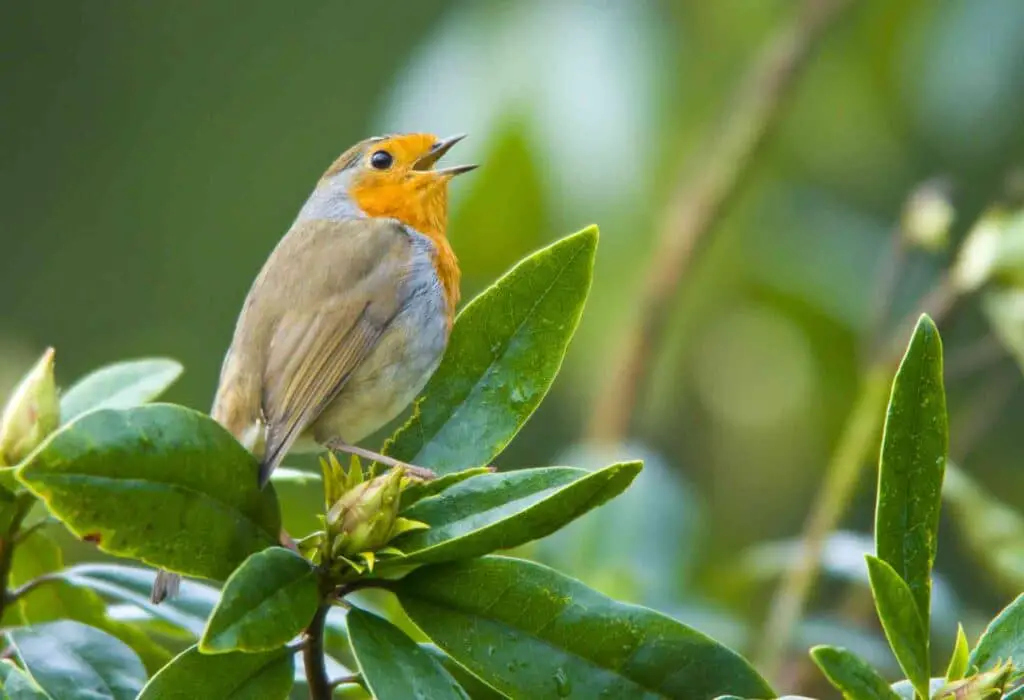
Conclusion
In the avian wonder, the migration of robins stands as a testament to the resilience and adaptability of the natural world. Ourselves enriched with a deeper understanding of these charismatic birds and the intricate dance they perform with the changing robins seasons. Robins, with their fiery red breasts and melodious songs, hold a special place in our hearts, serving as a symbol of hope and renewal as they arrive with the onset of spring. Yet, they are not just creatures of one season; they are globe-trotters, undertaking remarkable journeys each year to ensure their survival. Through careful observation and scientific inquiry, we have learned that robins exhibit a diverse range of migration patterns, with some opting for relatively short migrations, while others embark on epic odysseys that span continents.
The destinations they choose for their winter retreats are equally diverse, from the temperate woodlands of the southern United States to the tropical realms of Central America. These far-flung destinations offer respite from the harsh winters of their breeding grounds and access to a bountiful supply of food. Understanding these migration routes and wintering grounds not only enriches our of these birds but also underscores the of these critical habitats, not just for robins but for a myriad of other species that rely on them.
Robins’ migratory journeys are no small feat; they require incredible endurance, navigational prowess, and adaptability. The challenges they face along the way, from adverse weather conditions to predation risks, only serve to highlight the remarkable nature of their annual migrations. Their ability to overcome these challenges is a testament to the power of instinct and the evolutionary marvels that shape their existence. It is a story that reminds us of the beauty and complexity of the natural world and our role as stewards of the environments that sustain these remarkable creatures. As marvel at the robin’s return each spring, let us also celebrate the incredible journeys they undertake and redouble our efforts to protect the habitats that make their migrations possible.

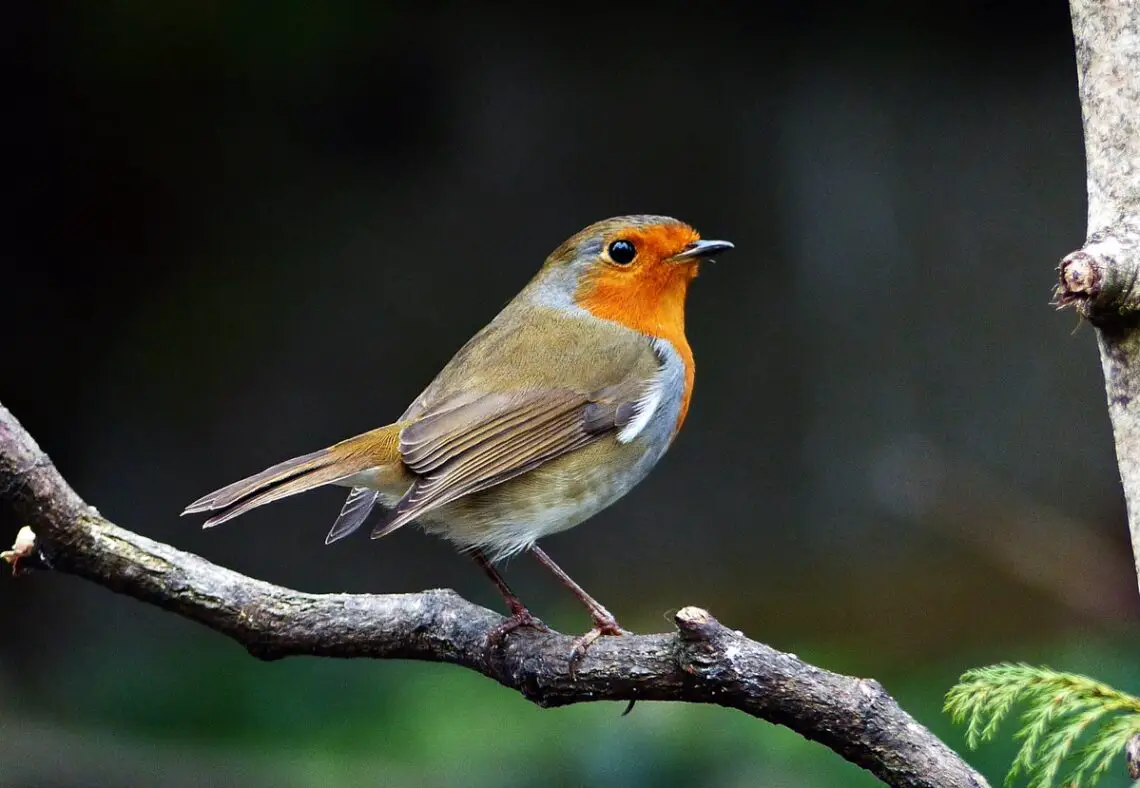
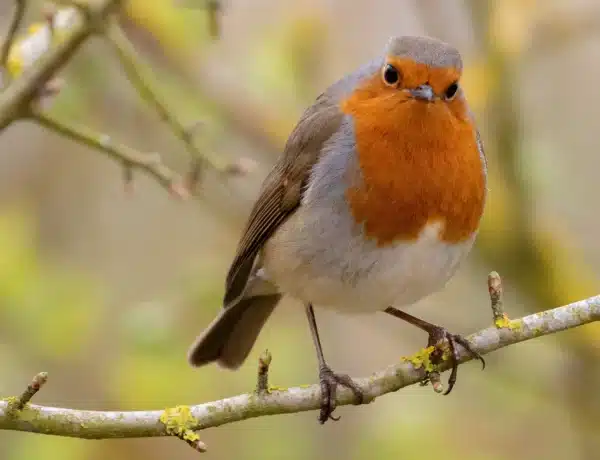
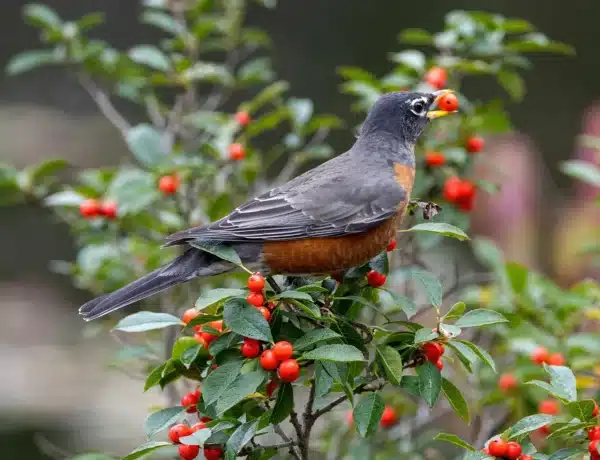
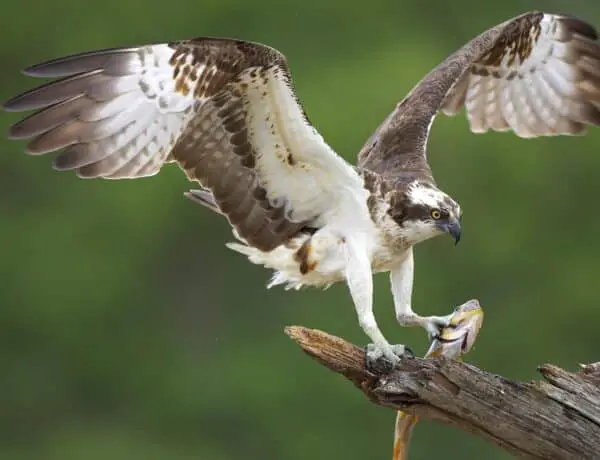
No Comments